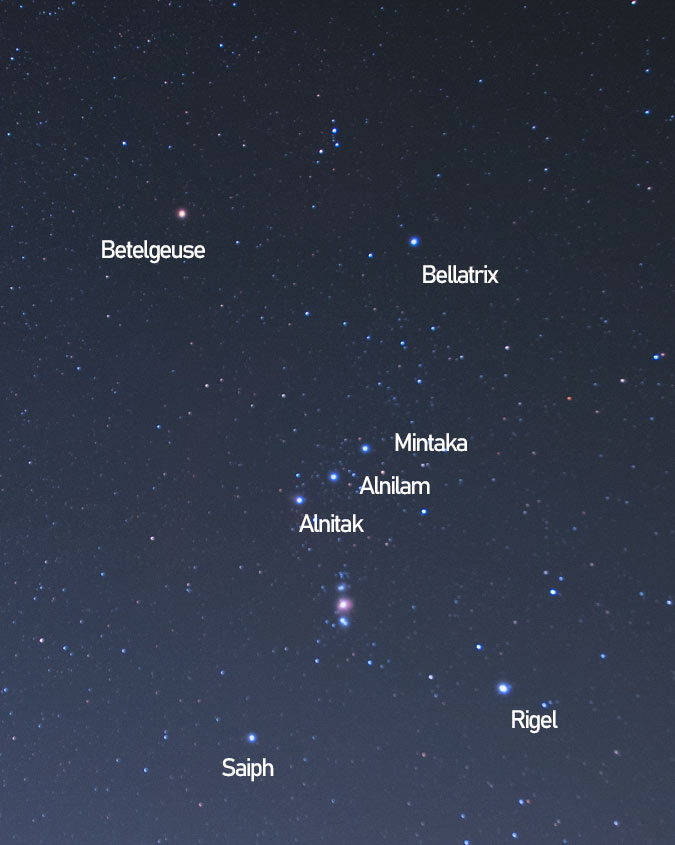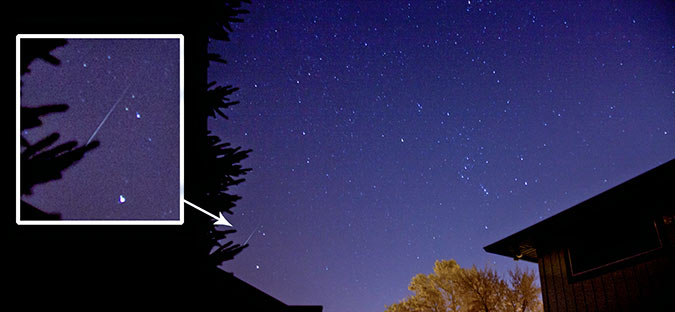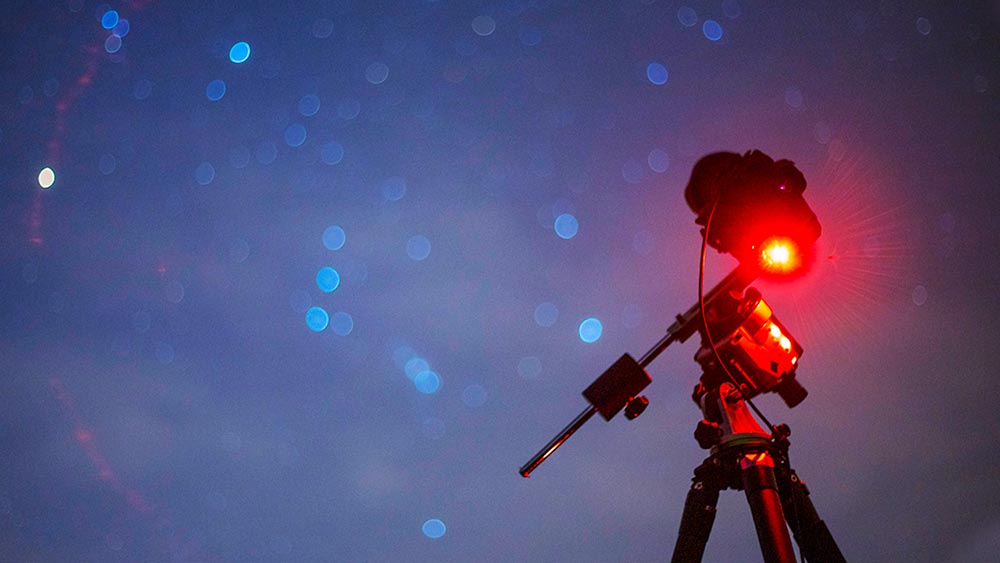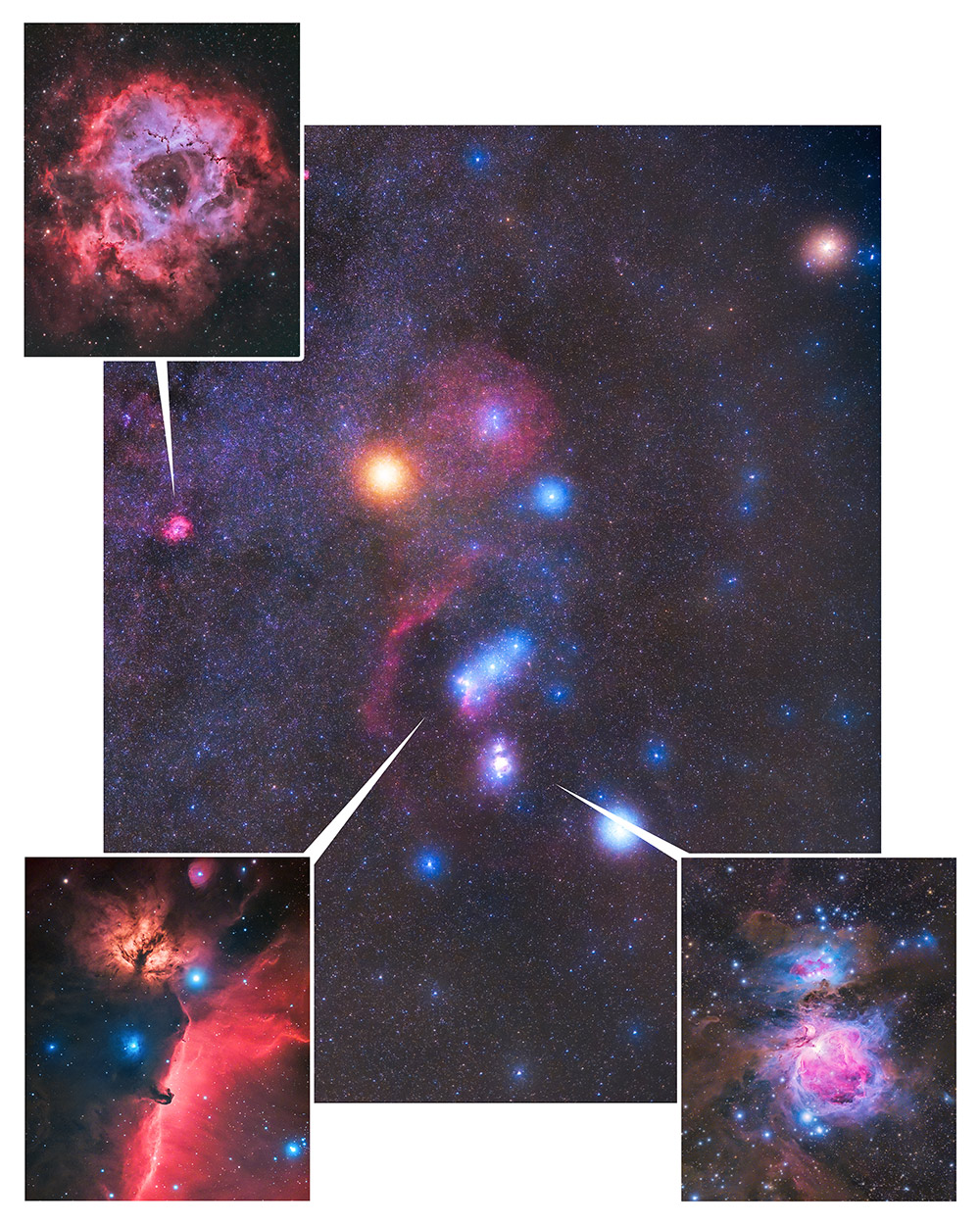The Orion Constellation
Orion is a well-known constellation located on the celestial equator. It is one of the most easily noticed and recognizable constellations in the night sky. It can be seen throughout the world.
Orion is the 26th largest constellation in size, occupying an area of 594 square degrees. Orion is most famously depicted from the Greek myths, as a hunter in the sky, wielding a shield in the right hand and a sword in the left.
In the northern hemisphere, Orion means the return of colder weather. The striking figure of Orion the hunter traveling across the night sky is most prominent during the winter months. In this article, I’ll discuss the location, brightest stars, and origins of the Orion constellation.
‘Orion the Hunter’ in the night sky.
Orion Constellation Facts:
- Symbolism: Orion, the Hunter
- Coordinates: 5h RA, +5° DEC
- Best Time to See It: November – February
- Number of Main Stars: 7
- Brightest Star: Rigel
- Bordering Constellations: Gemini, Taurus, Eridanus, Lepus, Monoceros
- Messier Objects: 3
- Notable Deep-Sky Objects: Orion Nebula, Horsehead Nebula, Witch Head Nebula
My astrophotography images captured in the Orion constellation.
The Orion Constellation
The most noticeable part of Orion is the pattern called Orion’s Belt. This Belt contains three brightly aligned stars, Alnitak (Zeta), Alnilam (Epsilon), and Mintaka (Delta). Alnitak is around 800 light-years away from earth and is 100,000 times more luminous than the Sun.
Alnilam is approximately 1340 light-years away from Earth, with an ultraviolet light 375,000 times more luminous than the Sun. Mintaka is 915 light-years away and it is 90,000 times more luminous than the Sun.
Descending from the Belt is a smaller line of three stars, the Orion Nebula or known as Orion’s scabbard. This nebula is one of the brightest in the sky and can be seen with the naked eye. It is also one of the nearest areas of active star formation to our solar system.
The Orion Nebula (and Running Man Nebula).
Why is Orion so Important?
Orion is one of the most fascinating and important constellations in the night sky. One reason that astronomers find it so compelling, is that it contains one of the nearest and most active stellar nurseries in the Milky Way Galaxy (the Orion Nebula).
You’ll find this well-studied nebula just below the three distinctive stars of Orion’s belt. In a relatively short span of time (astronomically speaking), tens of thousands of new stars have formed within this region.
The iconic shape of “Orion the Hunter” is instantly recognizable, is well placed in the night sky for observers in both the northern and southern hemispheres.
Orion the Hunter rises over a forest landscape in the Winter.
The Brightest Stars in Orion
The two brightest stars in the constellation of Orion are in the body frame of the hunter. Rigel (Beta Orionis) is Orion’s brightest star. Rigel is located below the belt at the bottom right. Betelgeuse (Alpha Orionis) is the second brightest star in Orion. It is located to the left, above the Belt of Orion.
The brightest stars in the Orion constellation.
Rigel
Rigel is the sixth brightest star in the sky and is a blue supergiant. It is 85,000 times brighter than our sun and is located 863 light-years away.
Rigel is a B-Type star that glows a blue/white color with a surface temperature of approximately 12,100K.
Betelgeuse
Betelgeuse is the eighth brightest star in the sky. It is a red supergiant. It is 100,000 times brighter than our sun and is located approximately 643 light-years away. Completing the hourglass shape of Orion’s body are the stars Bellatrix and Saiph.
Bellatrix
Bellatrix is Orion’s third brightest star. It is located above the Belt, to the right, west of Betelgeuse.
Saiph
Saiph is the sixth brightest star in Orion. Saiph is located below the Belt to the left. Saiph is on the east side of Rigel.
The Orionids
Every late October the constellation Orion marks the spot where we can view the Orionid meteor shower. The Orionids are an annual meteor shower that lasts approximately one week in late October.
This shower tends to reach its’ peak around October 21st of each year. If you can locate Orion in the sky you will see the Orionid meteors radiate from the constellation.
An Orionid meteor captured using a point and shoot camera.
Location and Best Time to See it
Orion is best visible in the night sky during the winter months of the Northern Hemisphere and summer months in the Southern Hemisphere. This ranges from October to March. In the Northern Hemisphere, Orion is located in the south-western skies.
In the Southern Hemisphere, Orion can be found in the north-western skies. Orion is best seen between latitudes 85 and minus 75 degrees. It has a right ascension of 5 hours and its declination is 5 degrees.
During the months of May through July Orion is located within the daytime sky and therefore not visible at most latitudes. In countries close to the equator, Orion appears overhead in December around midnight and in the February evening sky.
The best time to see the Orion constellation is December – March.
Orion is bordered by the constellations Taurus to the northwest. Eridanus to the southwest. Lepus to the south. Monoceros to the east and Gemini to the northeast.
In the Northern Hemisphere, Orion’s Belt is best visible in the night sky during the month of January around 9:00 pm. At this time it is approximately around the local meridian. As seen from mid-northern latitudes, Orion appears to be lying on his side.
His Belt stars are pointing upward when he first ascends into our eastern sky in mid-evening at this time of year. Orion is seen ‘upside-down’ in the northern sky when the Hunter reaches its highest point for the night.
The Origins of Orion
The Orion constellation is named after a hunter in Greek mythology. Orion is often depicted in star maps as either facing the charge of Taurus, the bull, or pursuing the Pleiades sisters, represented by the famous open cluster. He is also depicted as chasing after the hare (constellation Lepus) with his two hunting dogs, represented by the nearby constellations Canis Major and Canis Minor.
In the Greek myth, the hunter Orion was the son of the sea god Poseidon and Euryale, the daughter of King Minos of Crete. There are several versions of his tale.
In one myth, Orion fell in love with the Pleiades, the seven sisters, daughters of Atlas and Pleione. He started pursuing them. To stop the pursuit, Zeus scooped up the seven sisters and placed them in the sky.
The Pleiades are represented by the famous star cluster who share the same name. The Pleiades are located in the constellation Taurus. Orion can still be seen chasing the sisters across the sky at night.
In another story, Orion fell in love with Merope, the beautiful daughter of King Oenopion. However, Merope did not return Orion’s affections. One night Orion had too much to drink and tried to force himself on her.
The enraged king, put out Orion’s eyes. King Oenopion then banished him from his land, the island of Chios. Hephaestus felt sorry for the blind, wandering Orion. He offered one of his assistants to guide the hunter and operate as his eyes.
Orion eventually encountered an oracle that told him if he went east toward the sunrise, his sight would be restored. Orion did so and his eyes were miraculously healed. Most myths about Orion’s death involve a scorpion, however, these myths differ from one another.
In one tale, Orion boasted to the goddesses Artemis and Leto that he could kill any beast on earth. The Earth Goddess Gaia heard Orion and sent a scorpion to battle him. The scorpion stung Orion to death. In another story, he tried to force himself on Artemis and she sent the scorpion upon him.
In yet another myth, Orion was stung while trying to save Leto from the scorpion. All of these myths portray Orion’s death from the scorpion. In the constellations, Orion and the scorpion (Scorpius) are on opposite sides of the sky.
The stars represent the myths so that when the constellation Scorpius rises in the sky we see Orion sets below the horizon in the west. This indicates that Orion is fleeing from the scorpion.
However, there is one Greek myth that does not involve Orion’s death from a scorpion. In this myth, Artemis, the goddess of hunting, fell in love with the hunter. Artemis’ brother Apollo did not want her to give up her vows of chastity.
Therefore Apollo tricked Artemis and dared her to hit a small target in the distance with her bow and arrow. Artemis did not know that the target was Orion. She hit him in a single shot, killing him. Devastated by his death, she placed Orion among the stars.
In Sumerian mythology, this constellation depicts the story of Gilgamesh. They called Orion Uru An-na which means “the light of heaven”. He was their hero, fighting the bull of heaven, the constellation Taurus.
Babylonians knew Orion as The Heavenly Shepherd. Egyptians associated Orion with Osiris, the god of death, afterlife, and rebirth.
Pharaohs were believed to be transformed into Osiris after death. Egyptologists theorize that some of the greatest pyramids particularly the ones at Giza were built to mirror the pattern of the stars in the constellation.
This is done to make the pharaoh’s transformation easier. The air shaft in the King’s Chamber in the Great Pyramid was aligned with the star Alnitak, Zeta Orionis, the easternmost star in Orion’s Belt.
There have been many myths of the constellation of Orion since ancient times. It is the Greek myths that have influenced our culture today and created our perception of Orion.
Most myths in our history depict Orion as a hunter. It is easy to see that this constellation creates the shape of a human body wielding some kind of a fighting tool. The stories created keep this constellation well-known and easily identifiable in the night sky.
Star chart for the Orion constellation. IAU / Sky and Telescope.
Deep-Sky Objects in Orion
There are several bright, fascinating nebulae in the Orion constellation. The most notable is, of course, Messier 42 in Orion’s Belt. This is the great Orion Nebula, and it is one of the most studied areas of the entire night sky.
The Orion Nebula is the closest region of massive star formation to Earth and is estimated to be approximately 24 light-years across.
The Horsehead Nebula and Flame Nebula reside next to the bright star Alnitak in Orion’s belt. The Horsehead is a small dark nebula that lives along the edge of the large, active star-forming region known as IC 434.
Messier 78 is a beautiful reflection nebula that lies close to Barnard’s Loop, along with the Boogieman Nebula (a dark nebula) nearby.













